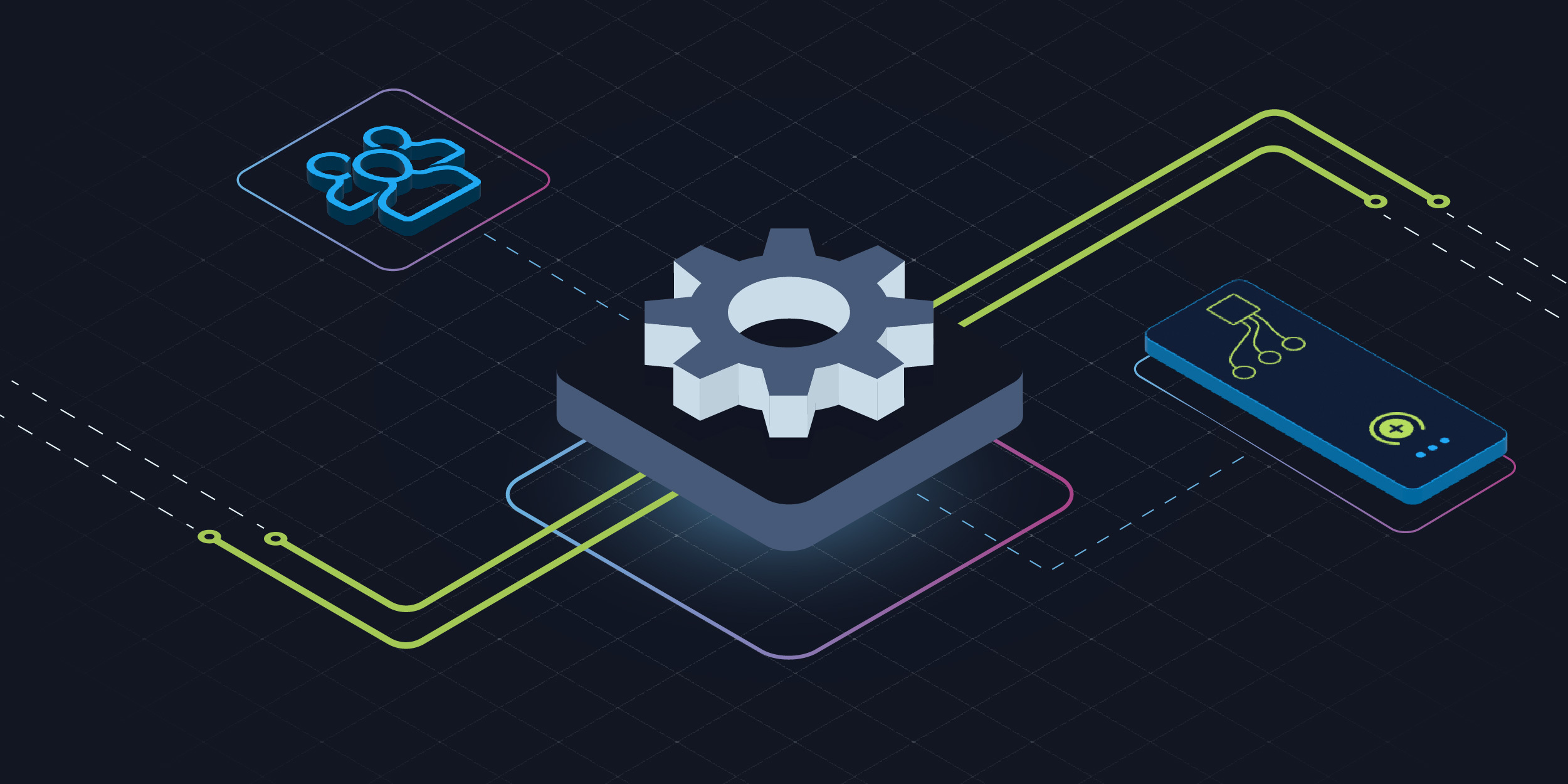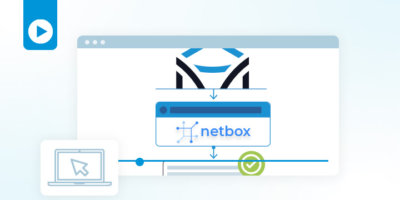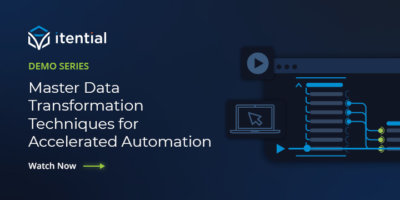The days of simply defining the perimeter of where applications and services are hosted in a single data center are long over. Previously, just by opening a network diagram and pointing to the data center, you could secure the inside network by deploying firewalls to protect it from the outside world.
Today, with network infrastructure expanding, those perimeters are no longer simple to define. Applications are comprised of many related services that exist across on-prem data centers and one or many cloud platforms, presenting new challenges for enterprise organizations in how they deploy, manage, and secure this new hybrid multi-cloud network. To overcome these obstacles, enterprises must invest in a strategy that enables robust, intelligent automation and orchestration across every IT organization.
IT leaders must take a serious look at their automation solution and determine how they address three key areas to enable a successful automation journey.
Automation Must be Able to Rapidly Integrate Across Multiple Systems & Network Technologies
For network automation, the first question to ask is, which part of the network do you want to automate? Data center automation will require very different considerations compared to the SD-WAN network, which is much different than cloud networking. In addition, you’ll need to think about the number of IT systems which will need to participate in automation — change request systems, inventory, messaging, notifications, monitoring, security, etc. All these systems need to be integrated quickly to maintain business and system continuity. APIs based on standards like OpenAPI help enable rapid integration, but even well-documented APIs still experience changes from version to version. Managing these integrations over time must be considered as part of your strategy.
Automation Must Efficiently Enable Data Transformation
Robust, intelligent automation and orchestration requires access to data from your IT systems — data that will need to be transformed into a format that other IT systems can use. For every system with which you integrate your automations, there will be a subsequent need to transform that gathered data. Any sound strategy must consider how to manage those data transformations over time.
Automation Must Allow for Team Participation & Shared Automation
Different IT teams operate in isolated technology silos, which means they use a variety of tools, processes, and systems. If we look at the network domain, we will see that the network team is highly experienced with the complex rules and fine details of deploying and managing their network — and they have a specialized set of tools and systems to do so. However, they are likely lacking the ability to build automations in a programming language. The application team, on the other hand, may have tremendous experience with programming and already have a method of automating their tools and systems using code.
Instead of trying to turn network engineers into programmers, and vice versa, a more efficient approach is to allow each team to use the automation tools and systems that are best for their domain and skillset. An automation strategy must enable wide participation, but also include a way to publish and share those automations so they can be used in self-service portals, CI/CD pipelines, or even by other automations, applications, or systems safely and securely.
Whether you’re looking at how to normalize security notifications from different cloud platforms so that you can identify and respond to them faster, or you’re looking to deploy and manage cloud network infrastructure across AWS, GCP and Azure platforms, automation and orchestration is a central component to operationalizing today’s modern infrastructure. It’s imperative to ensure you’re keeping these three key areas into consideration as you’re progressing your automation journey.
These three key areas are at the core of our platform. By providing robust integration capabilities, built-in data transformation techniques, and a low-code environment for anyone to participate, teams are able to quickly progress their network automation efforts with Itential. I explored this in detail during a joint session at ONUG Fall 2022 with NetBox. You can catch it on-demand here to see how you can evolve from a single source of truth to automation and orchestration that spans ticket creation to ticket closure.
Article originally published on onug.net.





